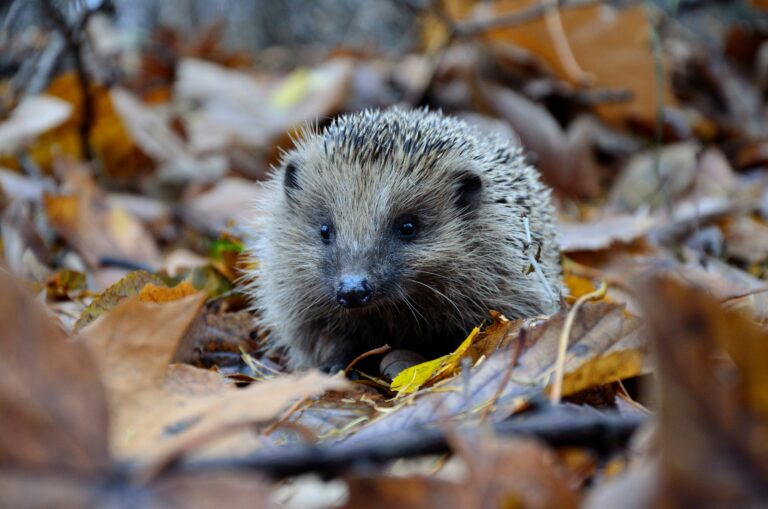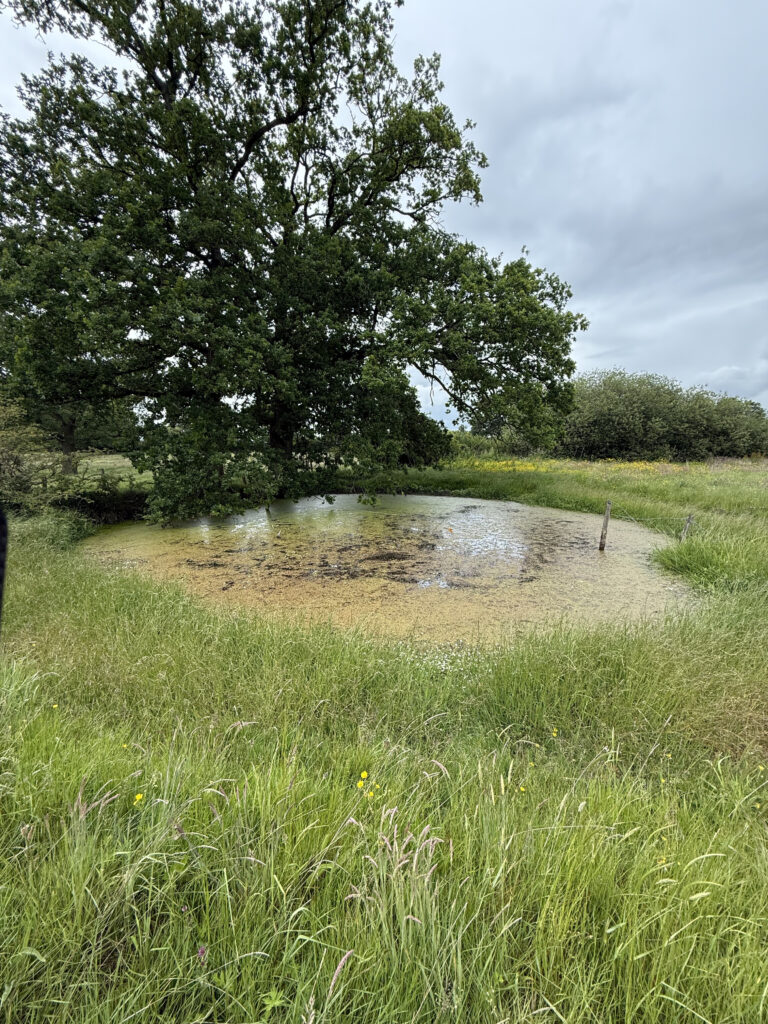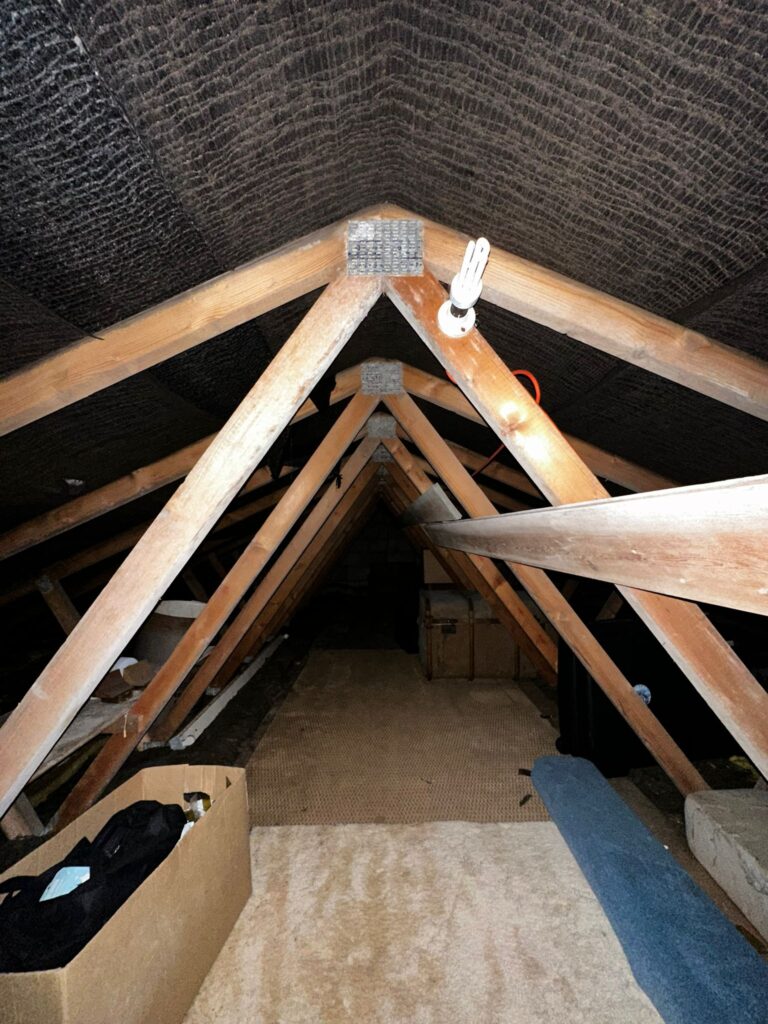Hedgehogs: The Small Garden Visitor with Big Ecological Impact
At ProHort, our ecological surveys often bring us face to face with some of Britain’s most cherished wildlife — and few are as beloved as the hedgehog. These shy, nocturnal mammals may be small, but they play an outsized role in maintaining ecological balance.
A National Favourite Under Threat
The hedgehog is a true icon of the British countryside. Found in gardens, parks, and hedgerows, these insectivores are natural pest controllers, feeding on slugs, beetles, caterpillars, and other invertebrates.
Unfortunately, hedgehog numbers in the UK have declined dramatically in recent decades. Urban expansion, habitat fragmentation, road traffic, and loss of wild spaces have all contributed to their decline. The species is now listed as Vulnerable to Extinction on the UK Red List for mammals.
Why Hedgehogs Matter:
Aside from their charm, hedgehogs serve a vital ecological function:
Natural pest control – reducing reliance on chemical treatments
Indicators of habitat health – their presence suggests a thriving, balanced ecosystem
Biodiversity connectors – using wildlife corridors and gardens to navigate landscapes
As ecological consultants, we often encounter hedgehogs during evening Bat Surveys, Preliminary Ecological Appraisals (PEAs) and protected species surveys. Their appearance is always a welcome reminder of what we’re working to protect.
How Developments can Help not Hinder
With proper planning, development doesn’t have to come at the expense of hedgehogs. In fact, it can help support their survival. At ProHort, we work with developers, planners, and homeowners to ensure that construction is carried out with ecological responsibility.
Simple measures can make a big difference:
Installing hedgehog highways (small holes in fences to allow safe movement)
Leaving areas of untamed vegetation for nesting and foraging
Avoiding or limiting use of pesticides and slug pellets
Including hedgehog houses in landscaping plans
Ensuring surveys are conducted when required under planning law

Our Commitment at ProHort:
Every time we encounter a hedgehog during a survey, it reaffirms our commitment to nature-first planning. Our surveys don’t just satisfy planning conditions — they inform better decisions for the long-term health of local ecosystems.
If you’re developing land, planning a project, or just want to understand your responsibilities regarding protected species, we’re here to help.
Contact ProHort today to learn more about our ecological survey services — and how together, we can help protect the wildlife we all care about.



